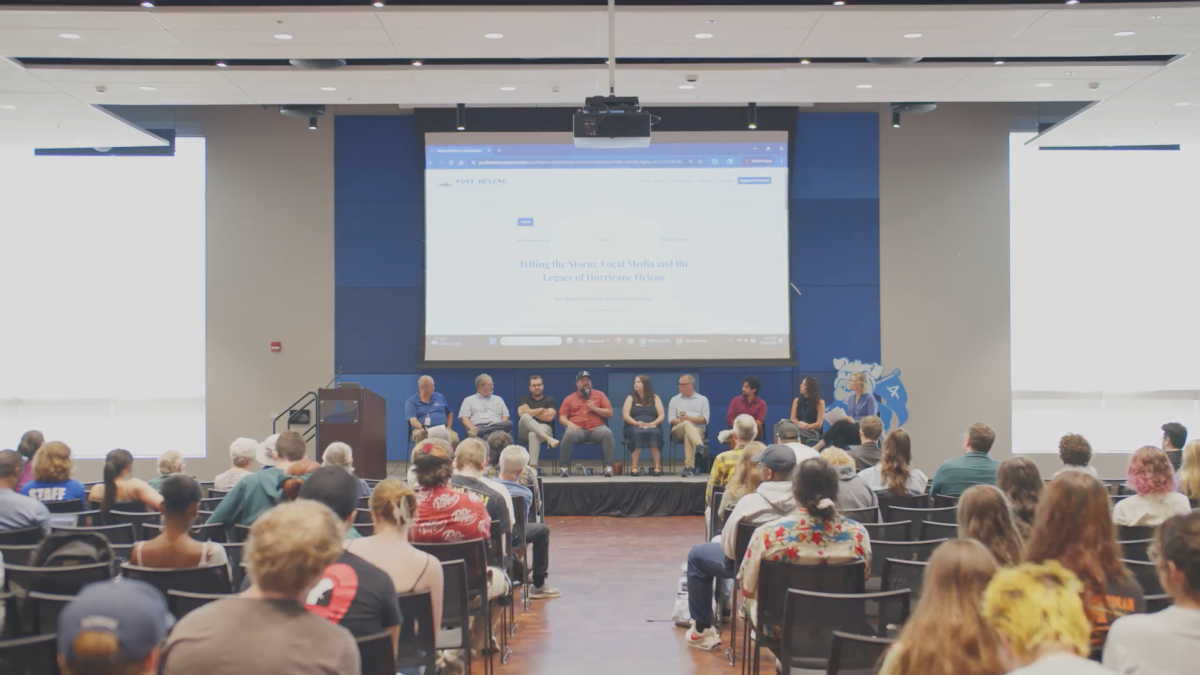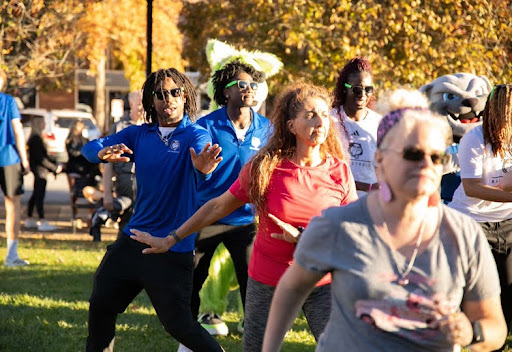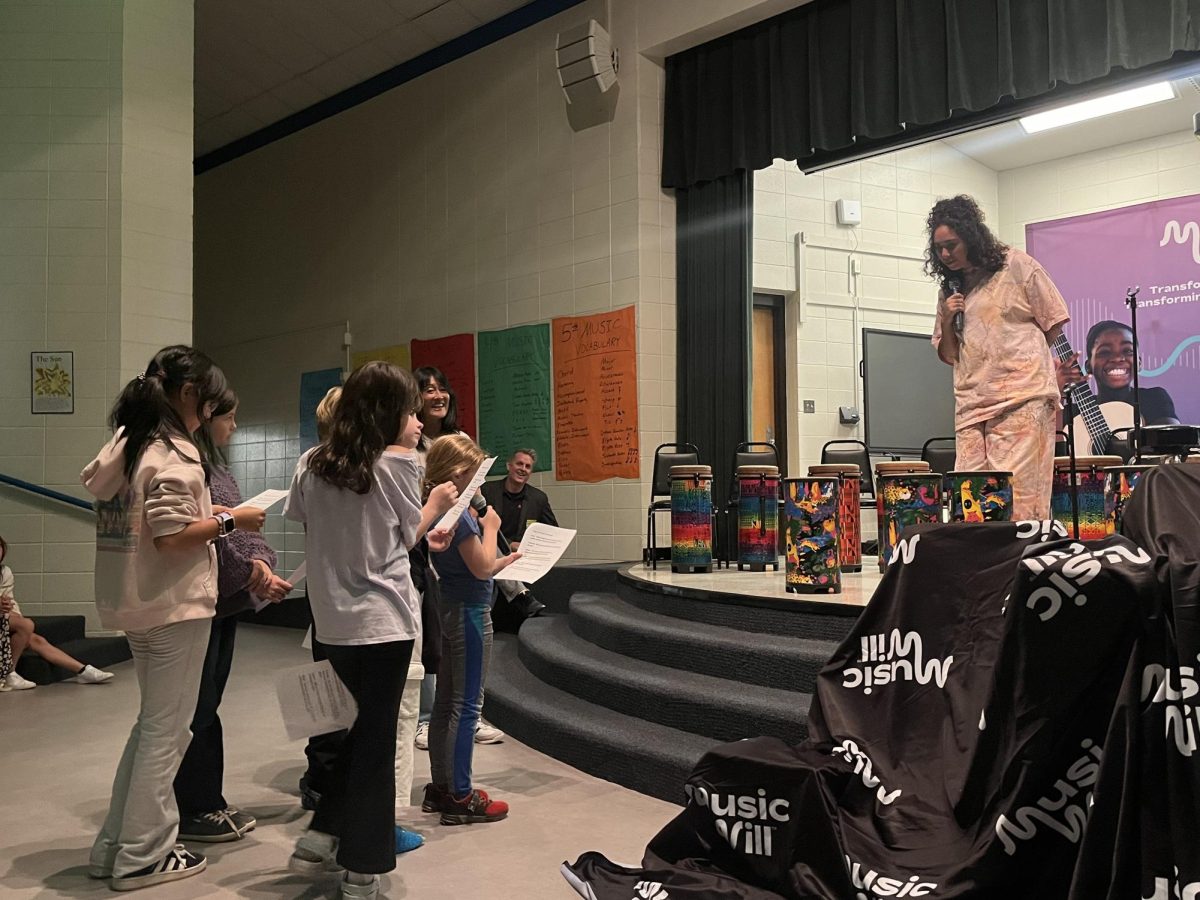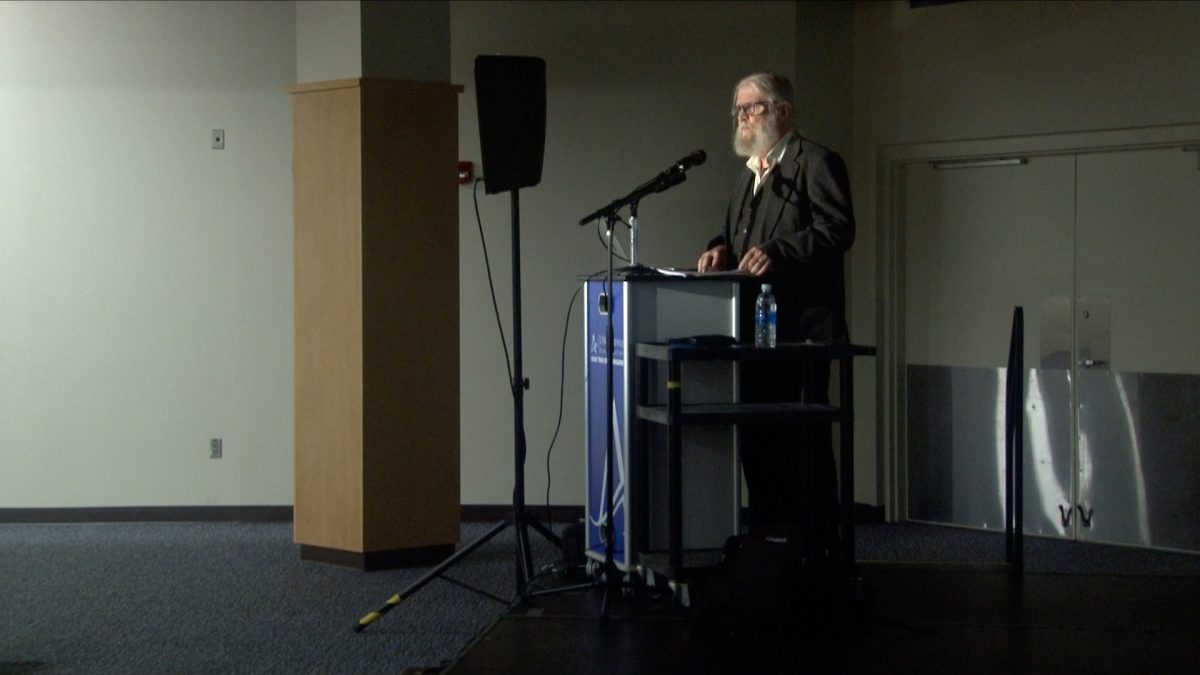By Carson Wall, Opinion/News Staff Writer
[email protected]
As diagnosis rates for mental disorders such as autism and ADHD are continuing to rise, alternative medical treatments are becoming a popular method to treat patients without medication.
“I believe that all noninvasive therapies and modalities should be tried first, before reaching for medications or other more noninvasive treatments that always, eventually, have side effects,” said Dr. Jojo Yonce, owner of Asheville Brain Training, when explaining why he believes biofeedback should be at least tried, due to the treatment’s flexibility.
Biofeedback, Yonce said, is a process in which the patient’s brain is able to consciously become aware of bodily functions, such as heart rate, and begin to change them in response.
“Sensors applied to the trainee’s scalp record the brain waves, which are converted into feedback signals by a human/machine interface using advanced computer software,” said Dr. Ashley Stewart of the Human Performance Institute in Asheville.
Dr. Barry Sterman of UC-Los Angeles discovered the treatment in 1965, before other doctors used it to treat seizures in epileptic patients. The recent increase in technology has allowed for more precise medical equipment to be used, a point Steward said was definitely a strength in the field.
She said biofeedback can be used as an alternative treatment, but can also be used as a complementary method of treatment alongside other methods such as medication. Due to this flexibility, it can be used to treat a large range of ailments, Yonce said, including anxiety, depression, PTSD and autism.
Heather Ulrich, associate psychology professor at UNC Asheville, noted the same benefits of the treatments. She said a strength of biofeedback was the ability for the awareness of bodily functions and responses to be tightened. Ulrich said it would be beneficial as a secondary treatment in conjunction with more traditional treatment methods. She noted the use of biofeedback should be considered on an individual case basis.
Stewart said the treatment is best used with adults, as self-regulation is fully established in older individuals. However, she said certain forms of biofeedback can be used with younger children to improve cognition. Yonce noted a March 2014 study by the American Academy of Pediatrics on biofeedback as treatment for hyperactivity which found biofeedback as effective as medication.
Ulrich agreed there may be lessened effectiveness for adolescents and said there may be more stress involved for some children due to the training of systems that are still maturing. Ulrich said the use of the treatment was increasing, however, long term effects require regular practice of the techniques.
Yonce said a problem with the treatment was the frequency of visits, several times a week for an average of 30 visits. Stewart said the problems within the field include the cost of biofeedback, as the coverage by insurers varies by plan. She said for many insurance companies, biofeedback is considered experimental. However, the increase in precise biomedical instrumentation available is helping to show the benefits of the treatment.
Both Stewart and Yonce said there was underutilization of the noninvasive treatment by the public. However, the public is becoming increasingly aware and knowledgeable, and both see the biofeedback field expanding as public access becomes available.
Stewart said while the benefits vary by individual, the treatment is safe, effective and beneficial in some way for everyone.
Ulrich said any treatment used should be with the patient in mind. She said there are benefits to biofeedback, especially as an adjunct therapy, and that there are individuals whose conditions could be improved with its use. The priority of a treatment is to have a low level of risk to the individual, past which the benefits should be addressed in a case-by-case basis.
Stewart said finding a highly trained practitioner is important and that the Biofeedback Certification International Alliance website is a good place to start searching. She looks forward to the future for this medical field.
“I believe, and know that I speak for others in this field, that we have only begun to scratch the surface of what is possible to attain here,” Stewart said.
Categories:
Biofeedback provides alternative treatment to neurological disorders
September 23, 2015
0
More to Discover


















